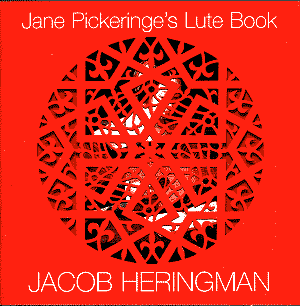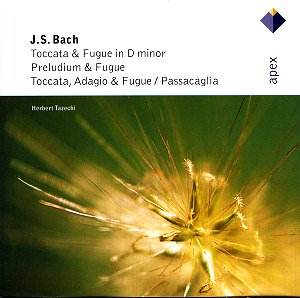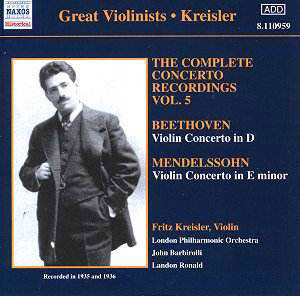 Composer: Jane Pickeringe
Composer: Jane Pickeringe
Works: A Toy, A Toye, A Toye (Up Tails All), Draw near me and lowe me, A Pavin by Rosseters, A Galyarde by Rosseters, My Lord Willoughby’s Welcome Home, Mall Symes, An Allemande, Galliarde, A Country Dance, Besse-bell, Horne-pipe, Sarabande, De Sarabande, A Pavin by Mr. Johnson, A Crananto (Coranto), A Toy, A Toye (The Friar and the Nun), A Toy, A Pavin by Mr. Daniell Bachler, A Galyard by Mr. Daniell Bachler, A Fantasia, The Madlay, Sweet Robyne
Performers: Jacob Heringman (lute)
Recording: 6-8 February 2001, National Centre for Early Music, St Margaret’s Church, York, England
Label: AVIE AV0002
The collection of lute music presented in Jane Pickeringe’s Lute Book offers a fascinating glimpse into the early 17th century, a period marked by an intricate interplay between social contexts and musical expression. This anthology, recorded by Jacob Heringman, draws from the British Library Manuscript, Egerton 2046, which bears the name of Pickeringe—an enigmatic figure whose association with this music remains speculative. The pieces, dating from 1616, encapsulate a world where the lute was a central instrument of both courtly and domestic music-making, contributing to an intimate soundscape that is both personal and communal.
Heringman’s performance is imbued with a delicate yet assertive sensitivity, breathing life into each piece. The spirited “A Toye (Up Tails All)” demonstrates this beautifully; Heringman embraces the boisterous nature of the dance, allowing each note to resonate with a kind of playful energy that never veers into mere frivolity. This juxtaposition of vivacity and grace is a hallmark of the performance, particularly evident in pieces like “Draw near me and lowe me,” where a Scottish lamenting quality permeates the air, bringing forth an emotional depth that is both poignant and reflective.
The technical prowess displayed is commendable, as Heringman navigates the complex polyphony of the pieces with remarkable agility. The dissonances in the allemande, for instance, are rendered with a deft touch that highlights their intricate beauty without losing the overall lyrical flow. This balance is crucial, as it maintains the integrity of the music while showcasing Heringman’s interpretative choices. The use of varied articulation and dynamic shading throughout the recording adds layers of nuance, elevating the performance beyond a mere transcription of historical repertoire.
Recording quality plays a pivotal role in the listener’s experience, and here Avie’s engineering shines. The clarity of sound captures the lute’s rich timbre while avoiding the mechanical noises often associated with such performances. The close-miked approach creates an engaging intimacy, inviting listeners into a conversation with the instrument. The slight hiss—a mere whisper—barely distracts, underscoring the authenticity of the recording process, which is notably of the DDD (digital, digital, digital) variety.
Comparisons with other lute recordings from the same period often reveal a stark contrast in interpretation. While many artists may lean towards a more historically informed performance practice, Heringman strikes a balance that is both scholarly and accessible, inviting contemporary listeners to appreciate the music on its own terms. The “Fantasia,” for example, unfolds as a narrative journey through icy realms, a vivid portrayal that resonates with modern sensibilities while remaining true to its historical roots.
This anthology serves as an elegant introduction to a repertoire that might otherwise slip into obscurity. Each selection reveals the artistry of the lute, rich with emotional resonance and technical sophistication. Heringman’s interpretations are not just performances; they are invitations to experience the past in a way that feels immediate and relevant. The gentle yet impactful nature of this music, meticulously rendered, speaks volumes to both enthusiasts of early music and new listeners alike. The offering is a testament to the enduring beauty of lute music and its capacity to touch the human spirit across centuries.



